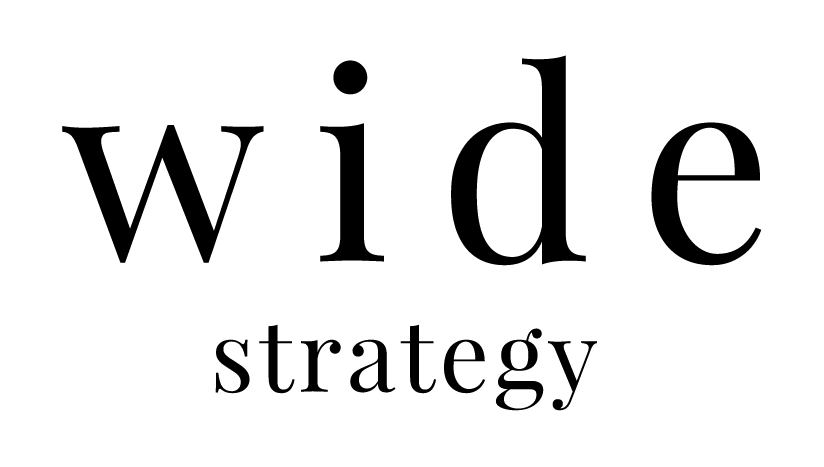The 'science' behind preparing an annual report
An organization's annual report is a great communication tool for showcasing its performance over the past year and signalling to its stakeholders the plans for the future. Most listed companies and large corporations publish annual reports to comply with regulatory requirements. However, some go beyond this scope and use it as a tool to account to their stakeholders or to promote broader communication aims. Small and medium sized companies are only obliged to publish their annual financial accounts and seldom go beyond this level, to report and elaborate on their activities. On nonprofits, the Charity Commission provides specific reporting requirements for their financials and their activities. Several nonprofits publish more extended versions of annual reports, exceeding what is required by the regulator; they consider their annual reports as an opportunity to address their key stakeholders - their donors and beneficiaries. As such, the ‘science’ of annual reporting has progressed significantly over the years. Providing information on the organisation’s impact to key stakeholders and to society, is an essential aspect of the report and several guides have emerged to provide standardization for organizations to be globally connected and accessible. This brief provides an overview of some of these standard practices and other mindful tips on annual reporting.It is important first to identify your type or organization. This can be across several dimensions such as the size, the financial model, the management and operational model and most important the operational sector. This helps determine the relevant industry standard to guide the annual reporting. Examples of these standards are the GRI Standards which help organizations reporting on 'critical sustainability issues such climate change, human rights, governance and social well-being'. Similar standards are the FTSE4Good Index, which are clearly-defined Environmental, Social and Governance criteria for measuring the performance of companies. The International Financial Reporting Standards which refers only to financial reporting and United Nations Sustainable Development Goals are other examples of standards or indices for categorizing and tracking performance.Adhering to standards such as these gives organizations visibility and access to a wider community of actors with similar aims. Additionally, they are useful internally for tracking performance or externally for targeting, research, exposure and credibility.Beyond these frameworks, there are also technological solutions to aid impact reporting. Organizations can currently employ Artificial Intelligence to automate performance monitoring and benchmarking. Given the importance of impact reporting and performance monitoring, it is not uncommon to seek the services of professional providers. The ‘big four’ consultancies provide these services to several large organizations. A range of boutique consultancies have also developed unique solutions and offer specialized services to cover the needs of small and medium scale organizations or bespoke needs of large corporations.The rise in corporate social responsibility as a fundamental aspect of an organization's work, the growing number of social enterprises and impact investment, has scaled the demand for evidence of performance and the need for knowledge on trends of successful initiatives. As such, investment in producing a relevant, informative annual report is pivotal to an organization’s sustainable growth and needs to be undertaken in a deliberate manner.Lastly, a useful tip to always bear in mind is that ultimately, the goal of the report is to communicate. And as a communication tool, the audience is important. It is key to determine the primary audience for the report, and when determined, the annual report should provide content that is relevant, use a mode of dissemination that its audience can reach with ease, and ensure that there is a clear call to some sort of action (reader to provide feedback, to respond or participate etc). This ensures the report is relevant, crisp, coherent and furthers the goals of the organization.Written by Maud Martei
